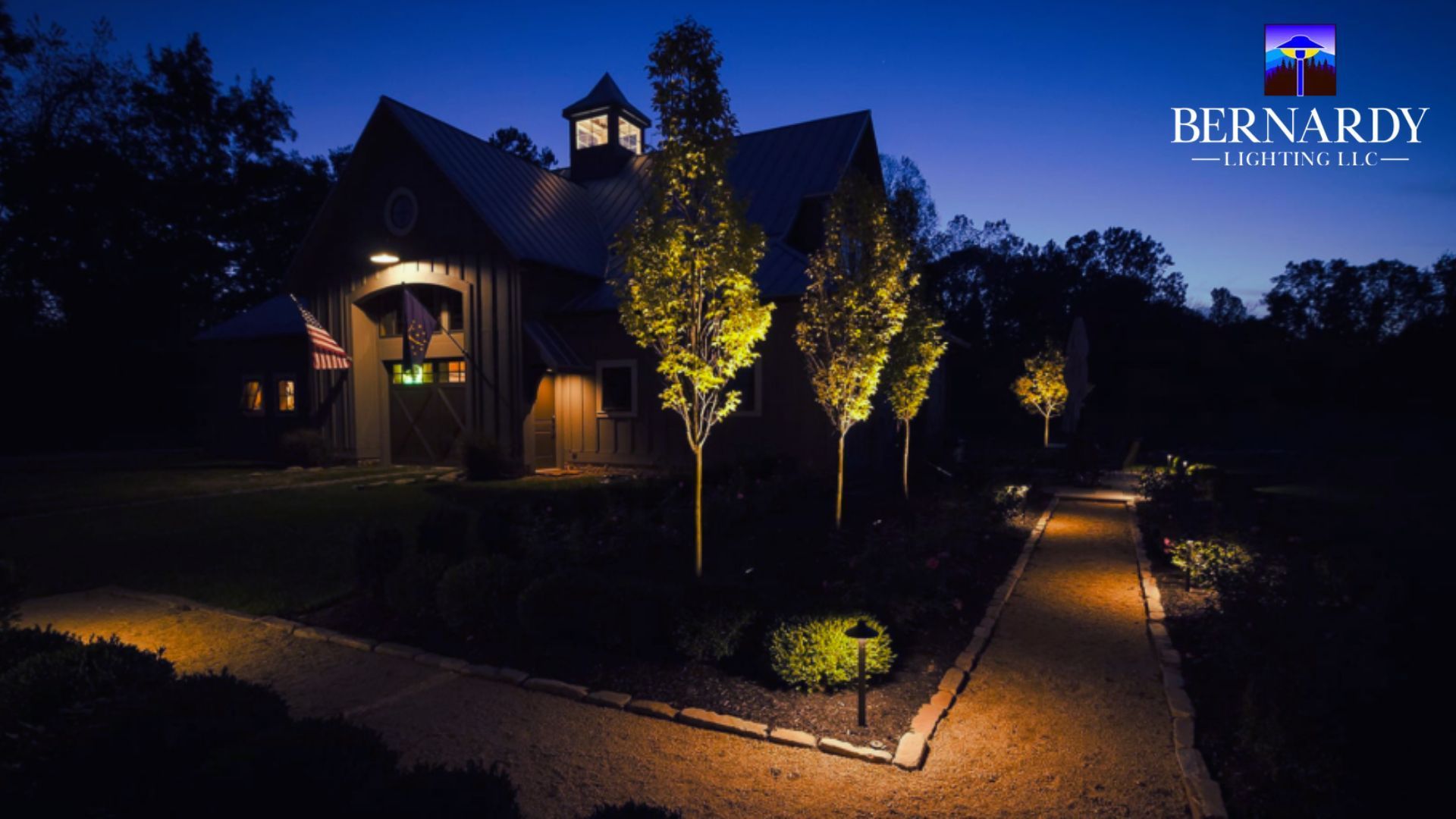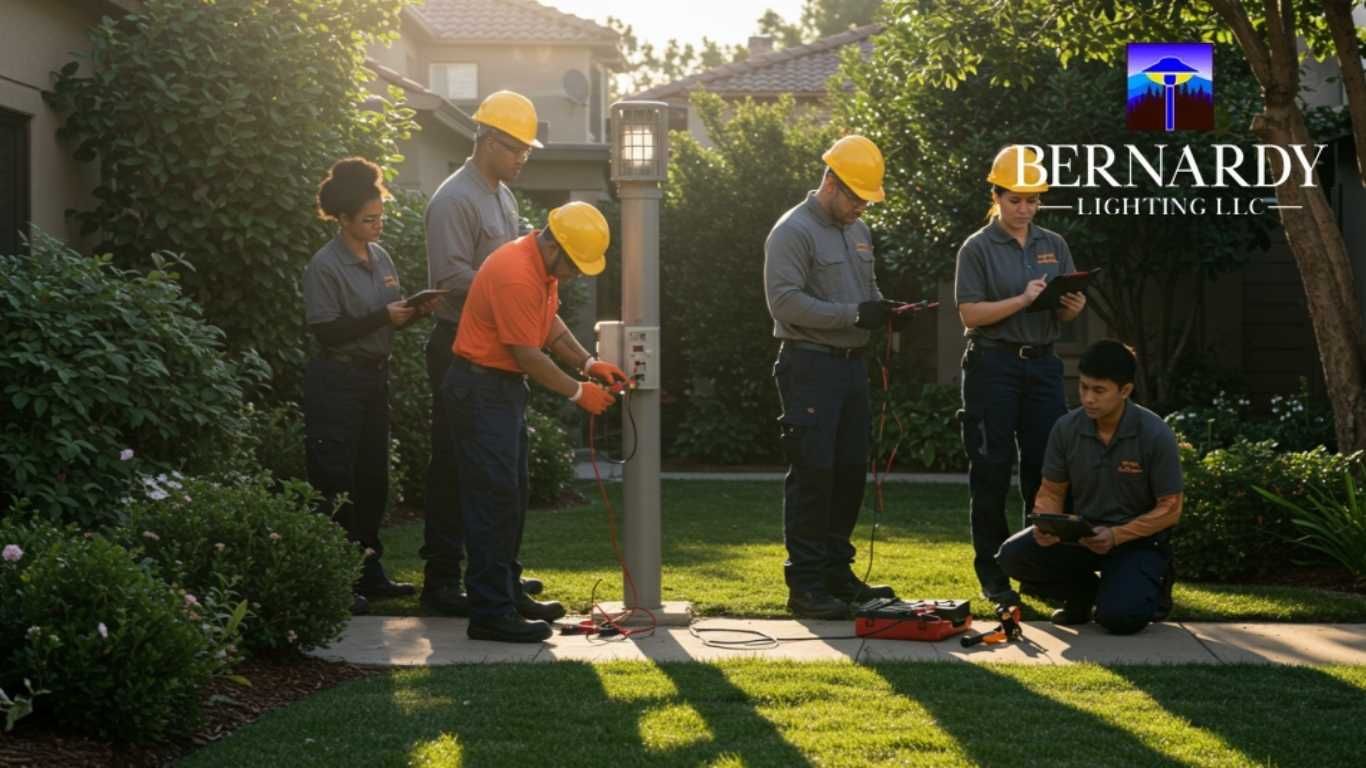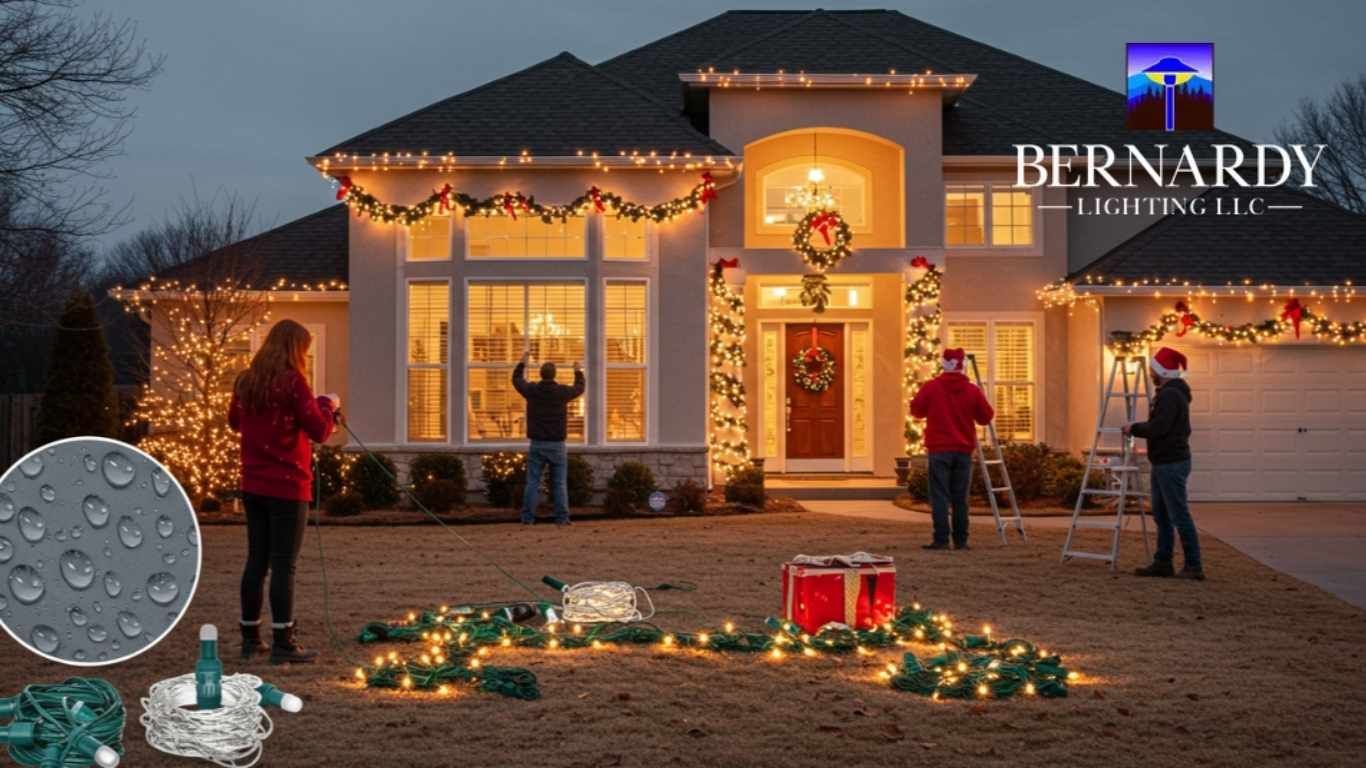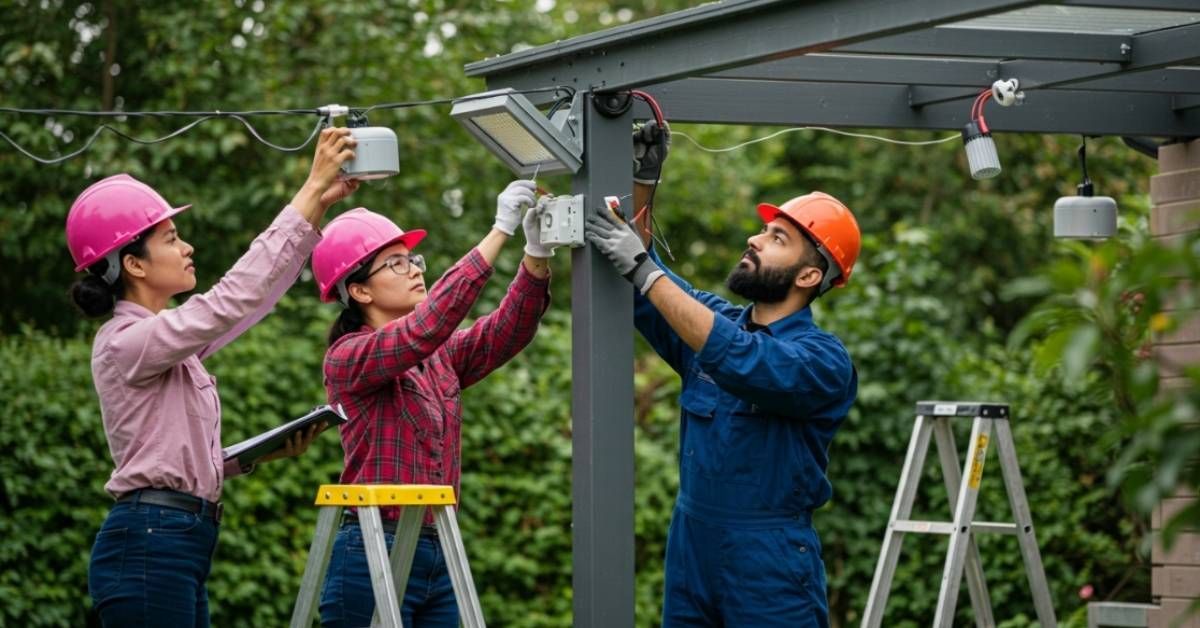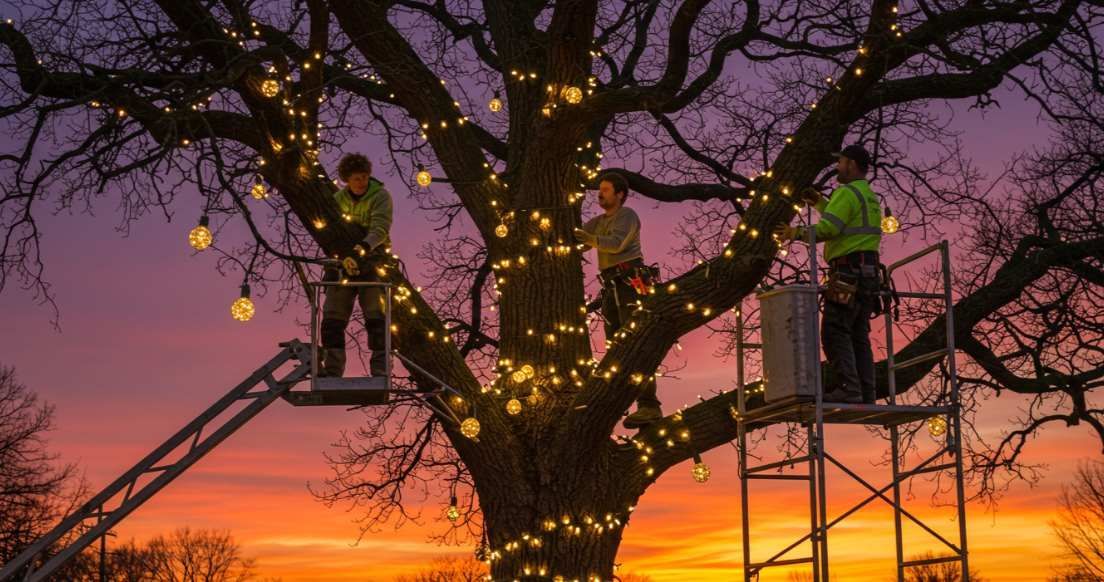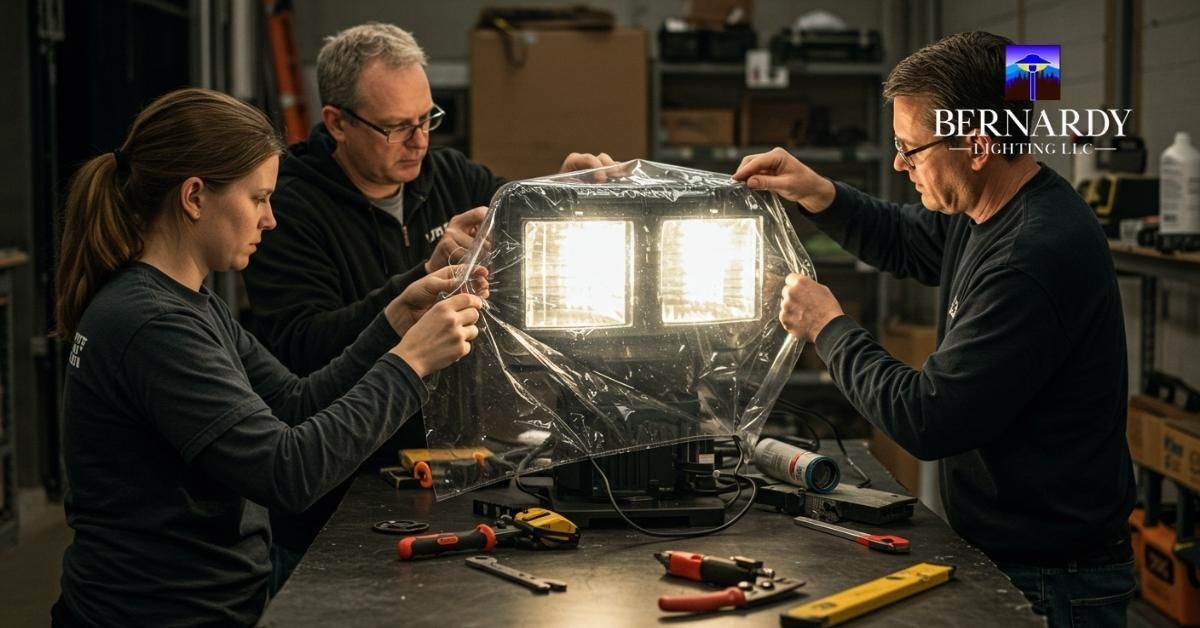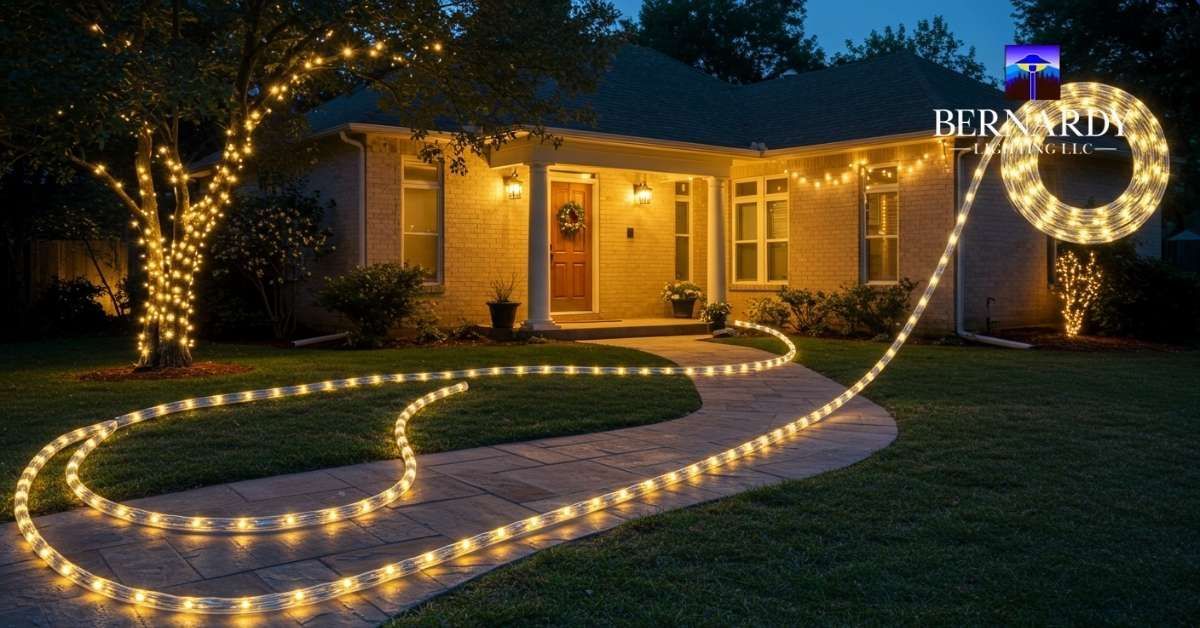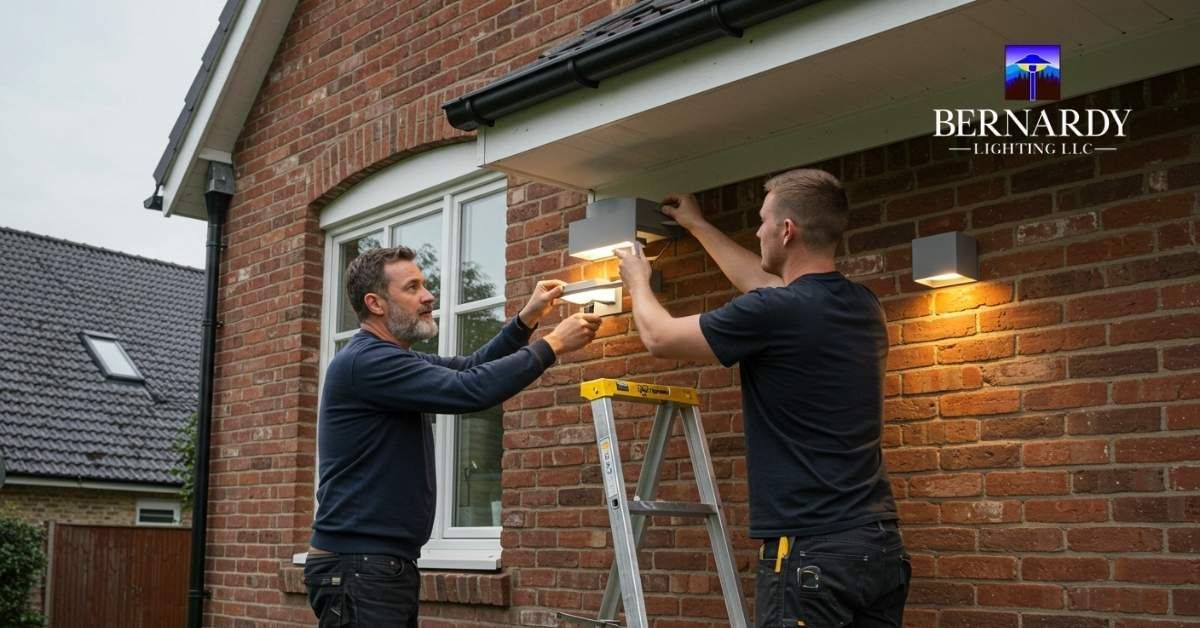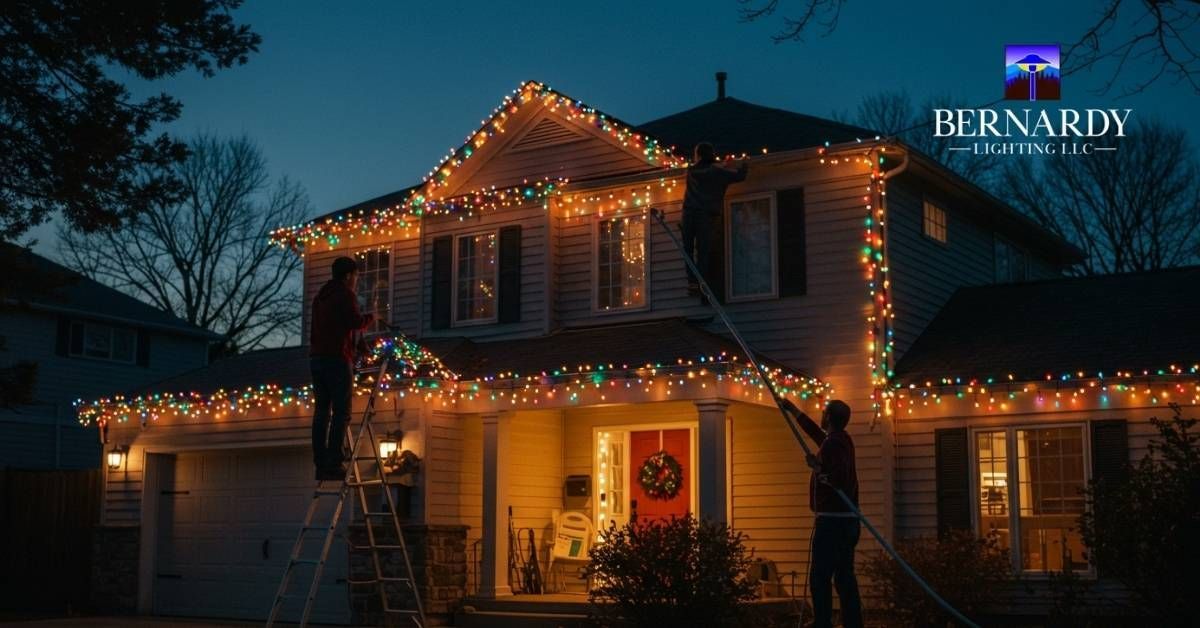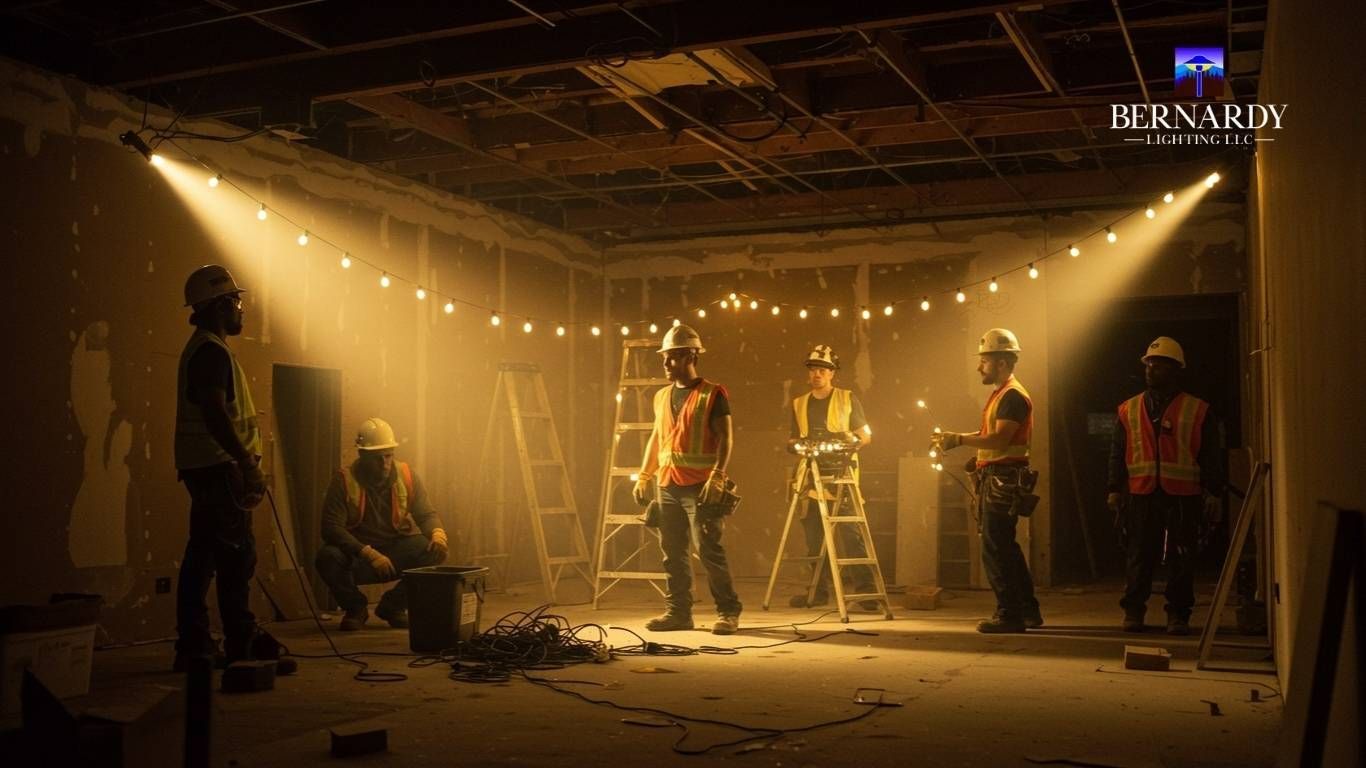What Type of Lighting Is Best for Outdoors?
When the sun goes down, the right lighting can completely change how your home or business feels. A dark yard might look uninviting and even unsafe, while a well-lit space feels warm, secure, and full of life. Outdoor lighting isn’t just about being able to see where you’re walking’s about safety, security, and creating an atmosphere that makes people want to spend time outside.
At Bernardy Lighting LLC, we’ve seen how the right outdoor setup can transform everything from a simple backyard to a large commercial property. But the big question many people ask us is: what type of lighting is really the best outdoors? The honest answer is that it depends on your goals. Let’s walk through the options and why they matter.
LED Lights: The Everyday Hero
If there’s one type of light that has become the standard outdoors, it’s LED. They’re energy-efficient, they last a long time, and they come in just about every style and size. Most people love them because they’re cost-effective less electricity used means smaller bills.
But the real beauty of LED lighting is flexibility. You can use them for pathway lights, accent lighting in a garden, or as powerful spotlights to highlight your home’s architecture. In a place like Texas, where the weather can change quickly, LEDs also stand up to the elements better than traditional bulbs.
Floodlights: Security First
For homeowners and businesses that put safety at the top of their list, floodlights are hard to beat. They cover wide areas and make dark corners disappear. If you’ve got a long driveway, a backyard, or a parking area, a floodlight gives you visibility and peace of mind.
Many of our clients choose motion-activated floodlights. These lights only come on when they sense movement, which not only saves energy but also works as a strong deterrent for intruders. Think of them as both a safety feature and a security system.
Pathway and Garden Lighting: Setting the Mood
Not every light has to be bright and bold. Some of the most beautiful outdoor spaces use softer lighting along walkways, around flower beds, or near patios. These lights do double duty: they help guests see where they’re walking, and they create a warm, welcoming mood.
We often hear from customers who start with security lighting but later add garden lights for ambience. The moment you see how a little glow transforms your backyard, you’ll wonder how you ever lived without it.
Wall Lights That Blend Design and Purpose
A wall-mounted light, often referred to as a sconce, is a simple way to add both character and function to your home’s exterior. Positioned near an entryway, a patio, or along the garage, these fixtures do more than just illuminate; they help shape the character of your home after dark. A well-placed sconce can make a front porch look welcoming or add depth to the lines of your exterior walls.
What makes them appealing is the freedom of choice. Some homeowners lean toward sleek, modern designs that give a clean, minimalistic look, while others prefer rustic or vintage styles that add warmth and personality. Beyond their function, wall lights act like jewellery for your house, small touches that leave a big impression.
Smarter Outdoor Lighting Made Simple
One of the best things about today’s lighting technology is just how easy it is to manage. With smart systems, you don’t need to worry about leaving the porch light on all night or forgetting to switch something off in the morning. You can set lights to turn on when the sun goes down and shut off automatically at sunrise, or program them to respond only when movement is detected. For a busy household or for a business that needs reliable lighting without wasting energy, this kind of control saves time, effort, and money.
Final Thoughts
Good outdoor lighting does more than flip a switch on the dark; it changes how your whole property feels. A well-placed light can turn a plain backyard into a place you actually want to relax in, or make a business look more polished and professional after hours. It also adds that extra layer of comfort, knowing your home is safer and easier to navigate at night.
The “best” type of lighting isn’t the same for everyone. For some, it’s strong security lights. For others, it’s soft garden accents that make evenings outdoors more enjoyable. Many homeowners find the perfect solution is a thoughtful mix of both.
At Bernardy Lighting LLC, we take the time to understand what matters most to you. Then we design and install a system that fits your space and your lifestyle. The difference is more than just brighter nights; it’s the peace of mind and enjoyment that comes with lighting tailored to you.
FAQ:
1. Is bright white or daylight better for outdoor lighting?
It depends on the atmosphere you want to create. Bright white offers a balanced glow that works well for general use, while daylight has a sharper, more natural tone that feels energising. For security or task lighting, daylight may be better. For patios and gardens, bright white or even warm light often feels more inviting.
2. Can any LED light be used outdoors?
Not all LED lights are designed for outdoor use. If you’re installing LEDs outside, make sure the fixtures have the proper
IP rating (Ingress Protection). This ensures the light can handle rain, humidity, and dust. Always choose outdoor-rated LEDs for safety and durability.
3. Is warm or cool light better for outside spaces?
Warm light creates a cosy, relaxed mood perfect for seating areas, porches, or garden paths. Cool light, on the other hand, gives a brighter, more modern look that’s great for driveways, security lighting, or contemporary designs. Many homeowners mix the two for the best results.
4. How are outdoor lights powered?
There are three main options:
solar-powered,
low-voltage, and
line-voltage systems. Solar is eco-friendly and easy to install, but it depends on sunlight. Low-voltage is energy-efficient and safe for most homes, while line-voltage provides maximum brightness and is often used for larger areas or commercial spaces.
5. Can outdoor lights be too bright?
Yes. Overly bright lights can feel harsh, wash out your landscaping, and even bother your neighbours. On the other hand, lights that are too dim may not provide enough visibility. The key is balancing enough brightness for safety and function, but soft enough to create comfort and ambience.

